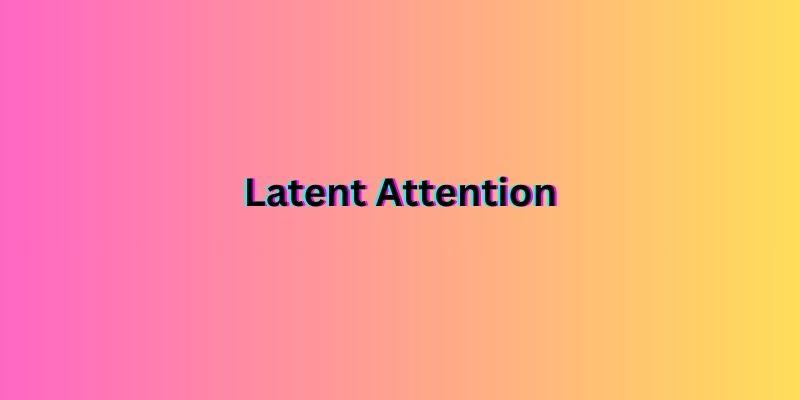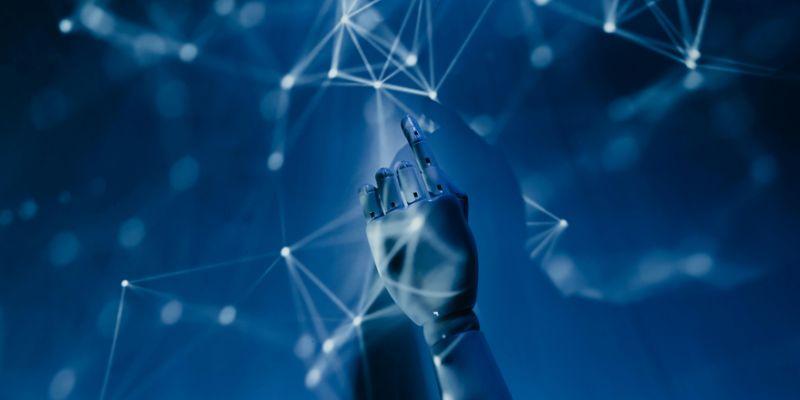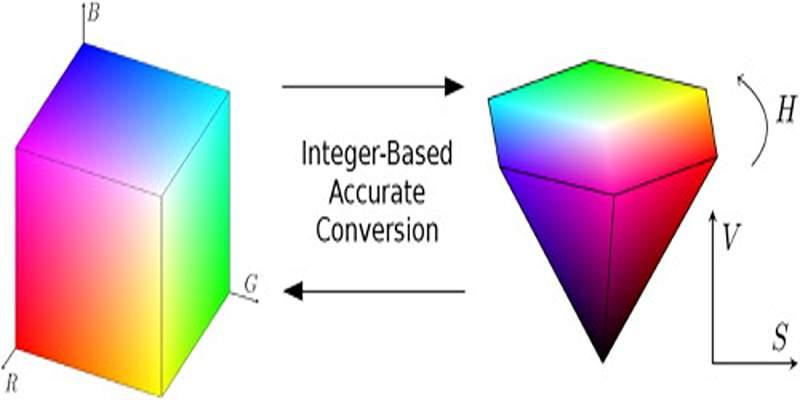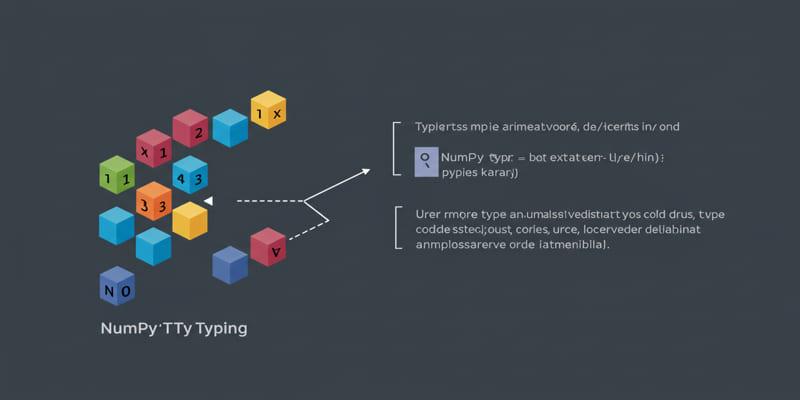Transformer models struggle with long sequences due to the significant computational demands they impose. Training is slow and costly because transformer attention has quadratic time complexity. Latte offers a sophisticated solution by introducing latent attention in transformers. It reduces computation time without sacrificing efficiency. This approach makes attention scale linearly in both space and time.
As a result, resource consumption drops and processing speeds improve. By projecting tokens into a smaller latent space, Latte distinguishes itself from other models. It efficiently coordinates attention between latent and visible tokens, avoiding the computational burden of full attention matrices. Researchers view Latte as a valuable advancement for long-context tasks. Its architecture is scalable, efficient, and streamlined. Real-world applications can now benefit from the capabilities of a linear-time transformer model.
Transformers compute attention for every pair of tokens. As a result, the computation time increases quadratically. More input tokens translate into much more processing, to put it simply. As a result, scaling the model for longer documents or larger inputs is challenging. Every token in the sequence needs to communicate with every other token. Large attention matrices are produced. These matrices require more power and memory. The strain on the system increases with the amount of input.
It becomes a major obstacle in lengthy text passages or video frames. High computational costs limit deployment options. Researchers have experimented with low-rank techniques and sparsity. However, the majority result in performance trade-offs. Latent attention in transformers was developed in response to the need for a quicker, more intelligent approach. It provides a viable substitute that successfully and economically addresses the main bottleneck.
A limited number of trainable latent tokens is used in latent attention. These serve as intermediaries for the visible tokens. Instead of speaking directly to one another, each visible token communicates with the latent ones. Information is then shared between the latent and visible tokens. The computation is kept light by this two-step attention. Processing every pair of tokens is not necessary. It reduces the complexity from quadratic to linear.
Latte employs N × M and M × N interactions in place of N × N interactions. The latent token count, M, is substantially less than N. Linear scaling is the outcome of this. Another advantage of latent attention is that it maintains global context. High-quality, meaningful attention signals are still sent to tokens. The model learns rich representations at a low cost. That’s what an effective transformer attention mechanism, like Latte, is all about.

For improved performance, Latte offers a few noteworthy innovations. It first combines cross-attention layers with latent attention. This combination enhances token interactions at all levels. Second, it initializes latent tokens using a unique technique. It ensures more efficient training and improved outcomes. Third, it uses weight-sharing strategies to lower the number of parameters. It keeps the model small and training simple.
Latte also supports parallel attention computation. It is therefore more compatible with contemporary GPUs. The model achieves cutting-edge speed and accuracy with these features. Its simple design facilitates integration with current transformer frameworks. It doesn’t require significant rewrites for developers to use. For practical uses, that is a victory. Latte is fully in favor of production moving toward the linear time transformer model.
Effective models are required for long-sequence tasks such as genomics, video processing, and document comprehension. Conventional transformers choke on the size of the input. Latte’s latent attention neatly resolves that issue. It first enables models to grow without requiring additional memory. Second, it keeps expenses low while maintaining high accuracy. Thirdly, it facilitates training for sequence lengths longer than 10,000 tokens.
End-to-end performance has improved for use cases that previously required trimmed inputs. More context is helpful for NLP tasks, such as QA and summarisation. The same is true for vision tasks that call for complete image sequences. The linear structure facilitates faster inference times. In real-time applications, that is helpful. Cloud deployments are getting more affordable and environmentally friendly. Longer, deeper models that were previously impossible to train effectively are now possible thanks to latent attention in transformers.
Several models aim to address the inefficiencies of transformers. Longformer, Linformer, and Performer all provide fresh attention-grabbers. However, the majority entail compromises. Some drop context quality. Others require intricate tuning. Latte maintains simplicity and scalability. On many metrics, it is more accurate than Performer. Additionally, it preserves long-range context better than Linformer. It doesn’t rely on hashing, which can overlook important signals, unlike Reformer.
Latte’s structure is more akin to that of traditional transformers. It facilitates the transition without requiring significant rework. It outperforms many competitors in terms of training speed and accuracy. Benchmarks demonstrate consistent gains in both vision and text tasks. Latte is a good option if you’re looking for a linear time transformer model with fewer compromises.
In fields that require extensive comprehension, Latte performs admirably. It aids in genome sequencing in the medical field. It accurately processes multi-page legal documents. It enhances the creation of feedback in the classroom compared to lengthy essays. Latte’s structure speeds up scene detection and video classification. AI agents can now process complete documents and conversations in a single pass. It enhances memory and reasoning, facilitating more effective user interaction.
Latte examines time-series data and transaction logs in the finance industry. It uses less hardware while providing real-time insights. Chatbots use it to provide more context in lengthy conversations. Scalable AI that works effectively on edge devices is what many businesses are seeking. Here, too, Latte is helpful. It is perfect for on-device AI due to its low memory requirements and quick inference. Due to these practical requirements, an effective transformer attention mechanism is crucial.

Latte revolutionizes the construction and application of transformer models. High accuracy and linear scaling are made possible by its use of latent attention in transformers. Latte enables long-sequence processing by reducing computation time. It is ideal for tasks that require full-context input in science, NLP, and vision. Developers now have access to a potent tool that is quick, effective, and simple to use. Latte makes the linear time transformer model architectures of the future viable and practical. Compromise is no longer synonymous with efficiency. Everyone will benefit from improved models, from labs to the edge.

Find how MapReduce powers scalable data systems, enabling efficient processing of massive datasets for modern enterprises.

Explore how evolving AI agents affect businesses, risks, and alignment, and why understanding their inner drives is crucial.

Learn how AI agents for sustainability improve productivity, streamline reporting, and revolutionise corporate operations globally.

Discover the seven reasons which make convolutional neural networks (CNNs) unbeatable when it comes to image tasks.

Understand RGB and HSV, why hue-saturation-value helps editing, and how to convert in both directions without banding or surprises.

Build accurate Excel data dictionaries by pairing OpenPyxl scans with AI agents for clear definitions, rules, and reviews.

Learn how a GPT stylist reveals the secrets of clear, contextual, and creative prompting that leads to better AI outputs.

AI scam tactics are becoming harder to detect as artificial intelligence helps scammers create fake voices, emails, and messages. Learn how to recognize and stop these digital traps

How to use ChatGPT’s new image generator with this simple step-by-step guide. Learn how to turn text into visuals using the latest AI image tool from ChatGPT

Inheritance is a fundamental software engineering notion that assists data scientists in constructing reusable code and creating scalable and maintainable endeavors in order to succeed in the long term.

Use NumPy typing to annotate and verify NumPy array shapes and dtypes to enhance Python project correctness and maintainability.

Discover how Microsoft Power BI elevated my data analysis and visualization workflow, transforming insights and boosting decision-making efficiency.